Flora of Mt Pelion
Flora of Mt Pelion
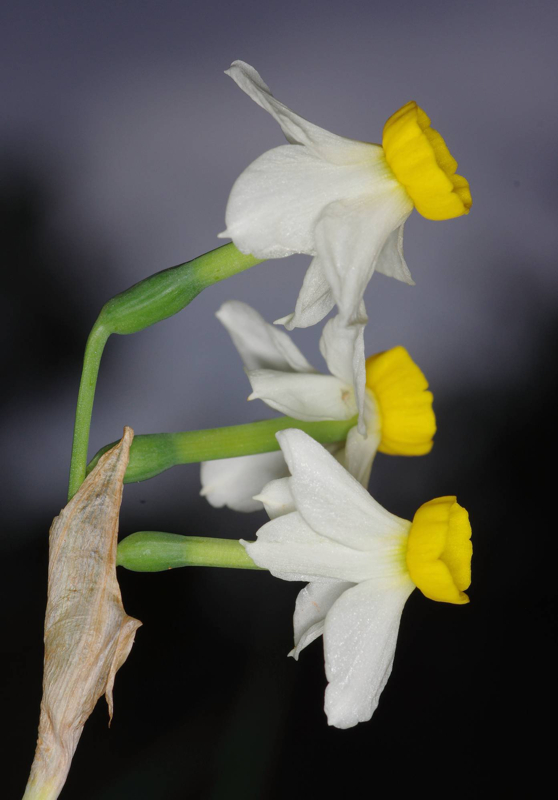
Pelion is covered by a lush vegetation, both at low and medium altitudes. From the botanic science point of view, however, the flora of Pelion has not been studied systematically as a whole. A composition of the hitherto known elements raises the diversity of the flora of the area to 620 species and subspecies of plants, a number that although not impressive, shows the relevance of Mt Pelion within the wider biogeographical region.
Obviously, the lack of large limestone formations and the absence of the higher elevation zone, which contributes to the biodiversity of the large mountain mountains, explain this modest number.
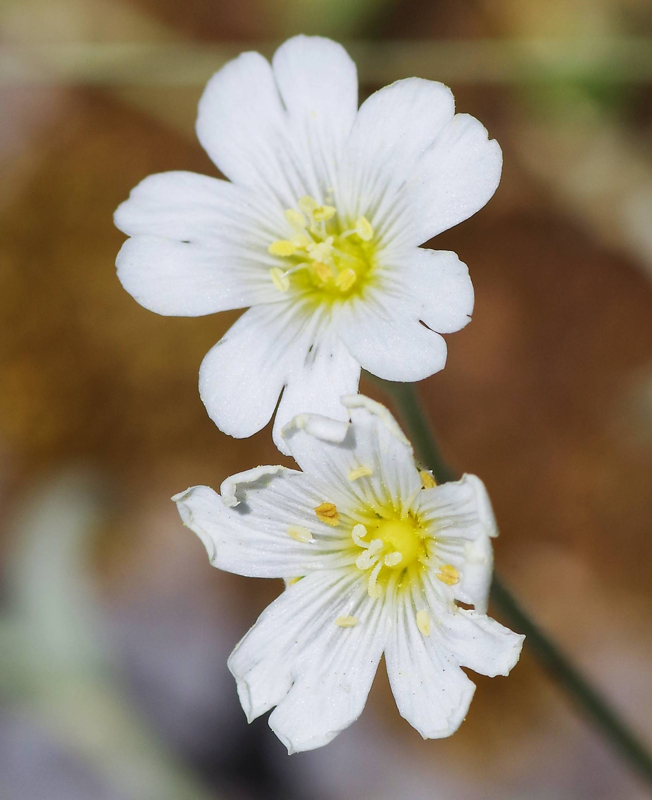
From the hiker point of view, however, the explosive Spring of Mt Pelion offers a unique opportunity to get acquainted with the plants of the Mediterranean zone. Phryganic ecosystems and extensive shrubs hide an impressive diversity of orchids, while the rocks and precipices of South Pelion host many bulbous plants.
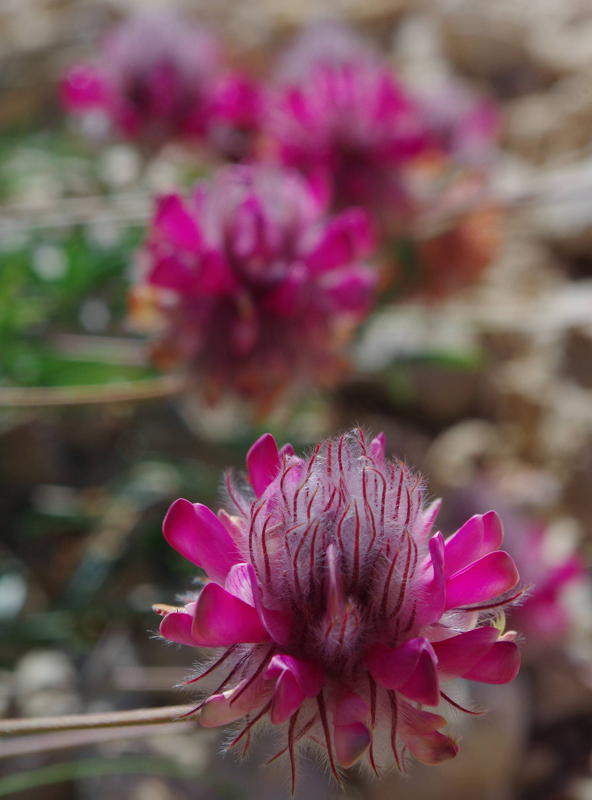
Autumn is usually mild and gives the yellow lilies the opportunity to decorate the paths and the old estates. In the meadows and rocky slopes, Autumn looks like a second Spring, as it unfolds cyclamen (Cyclamen graecum), autumn crocuses and colchicums, such as the striking Colchicum bivonae.
Greek endemics found in Mt Pelion
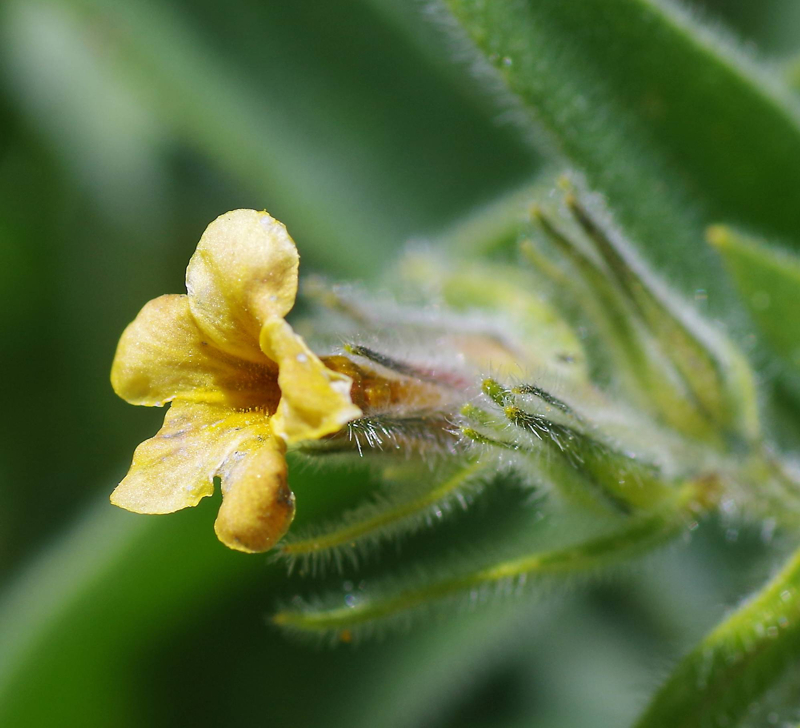
Mt Pelion hosts a local endemic supspecies, Soldanella chrysosticta susbp. pelia, a plant hard to see and rare, with beautiful purple flowers, growing in permanently wet places in shady beech forests.
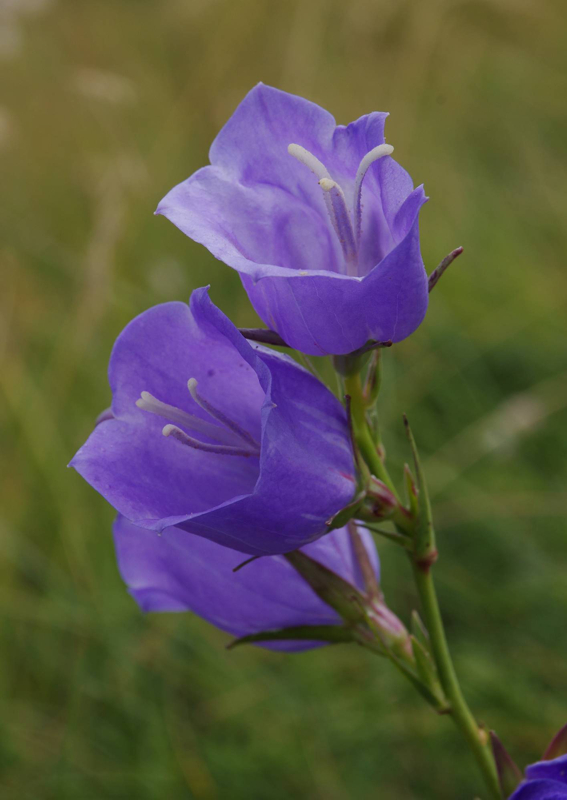
In the following list, all Greek endemic species and subspecies discovered in Pelion:
| # | Taxon | Habitat |
|---|---|---|
| 1 | Alkanna graeca ssp. baeotica | Stony slopes and rocks, subalpine meadows. From 1100 to 1600μ m |
| 2 | Berberis cretica | Stony terrain. From 800 to 1500 m |
| 3 | Campanula incurva | Limestone rocky slopes. Up to 1000m |
| 4 | Centaurea pelia | Forest openings, bushes. From 300 to 1400m | 5 | Cerastium candidissimum | Stony slopes and rocks. From 700 to 1600m |
| 6 | Chondrilla ramosissima | Lowland stony slopes, abandoned fields, phrygana |
| 7 | Crepis hellenica | Old estates, dry fields. Up to 700m |
| 8 | Cyclamen graecum | Limestone rocky slopes. Up to 1300m |
| 9 | Dianthus haemetocalyx ssp. pruinosus | Stony slopes, phrygana |
| 10 | Dianthus corymbosus | Stony slopes, phrygana. From 100 to 900m |
| 11 | Ebenus sibthorpii | Stony slopes, limestone peaks. From 300 to 1100m |
| 12 | Erysimum microstylum | Stony slopes, limestone rocks, phrygana. From 600 to 1300m |
| 13 | Euphorbia deflexa | Stony slopes, dry fields. From 100 to 1300m |
| 14 | Malcolmia graeca ssp. hydraea | Stony slopes, rocks. Up to 800m |
| 15 | Nigella arvensis ssp. aristata | Lowland stony slopes, abandoned fields, phrygana |
| 16 | Odontites linkii | Stony slopes, road slopes. From 300 to 1500m |
| 17 | Petrorhagia armerioides | Stony slopes, abandoned fields, phrygana. From 100 to 1300m |
| 18 | Pterocephalus perennis ssp. perennis | Stony slopes, rocky places. From 400 to 1500m |
| 19 | Scorzonera crocifolia | Stony slopes, abandoned fields and olive groves. Up to 800m |
| 20 | Silene linoides | Limestone rocks, ravines |
| 21 | Soldanella chrysosticta subsp. pelia | Dump places in the forest. From 1100 to 1250m |
| 22 | Verbascum mallophorum | Stony slopes, forest openings. From 500 to 1600m |
| 23 | Veronica chamaedrys ssp. chamaedryoides | Bushes, stony slopes, meadows. From 600 to 1100m |
Coastal flora on Mt Pelion
Mt Pelion is characterized by the endless coastline of an already long peninsula, which is further extended by the extremely lacy shores and the rough end of the rocky slopes.
This coastal zone is largely inaccessible and has not been affected by man-made factors, while even the beaches maintain a high degree of naturalness. This zone is home to many plant species, adapted to the salinity of the soil or to the constant spraying of seawater.
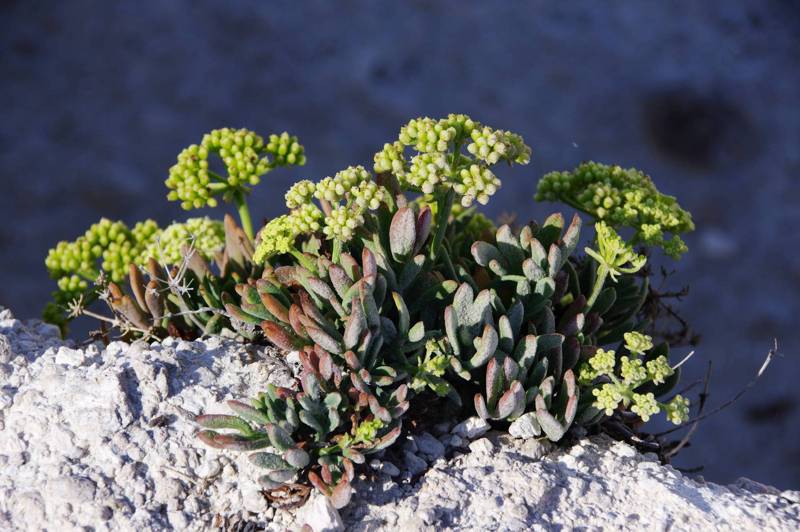
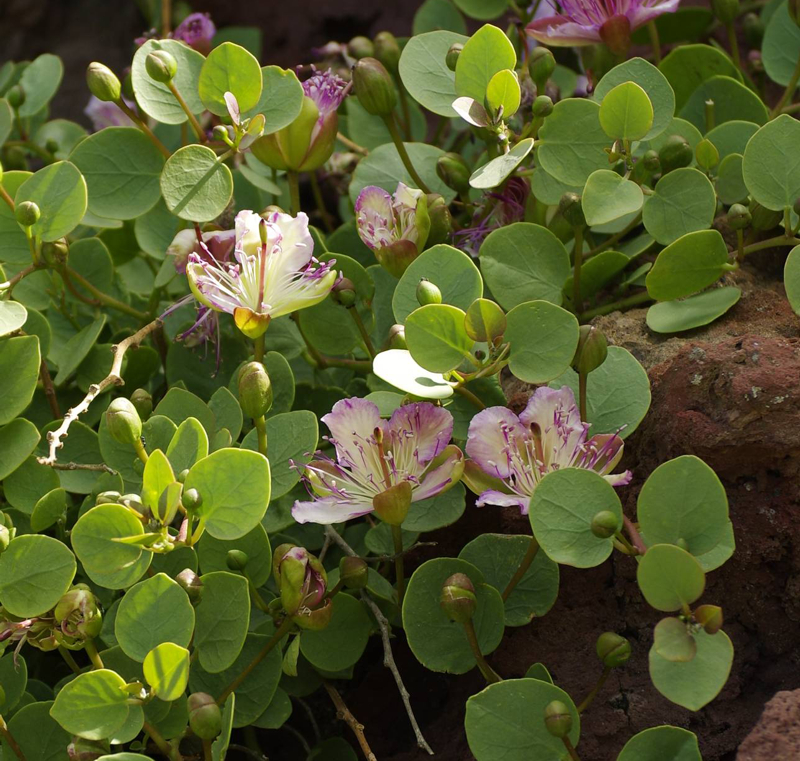
Alien plants species on Mt Pelion
In his long historical course, man has affected the distribution of many plant species, sometimes on purpose and sometimes unintentionally. The first case refers to species used as food, for the production of cloth, species with medicinal, aromatic or ornamental value, just to mention only some of the uses that man has for plants. In the second case, many species have expanded their area of distribution without the will of man, like for instance in the case of weeds, that were indeliberately imported as seeds with food or inside other packages and colonized new areas. In many cases, both the first and the second, they established viable populations, where they found favorable conditions and are now part of the physiognomy of their new biotopes.
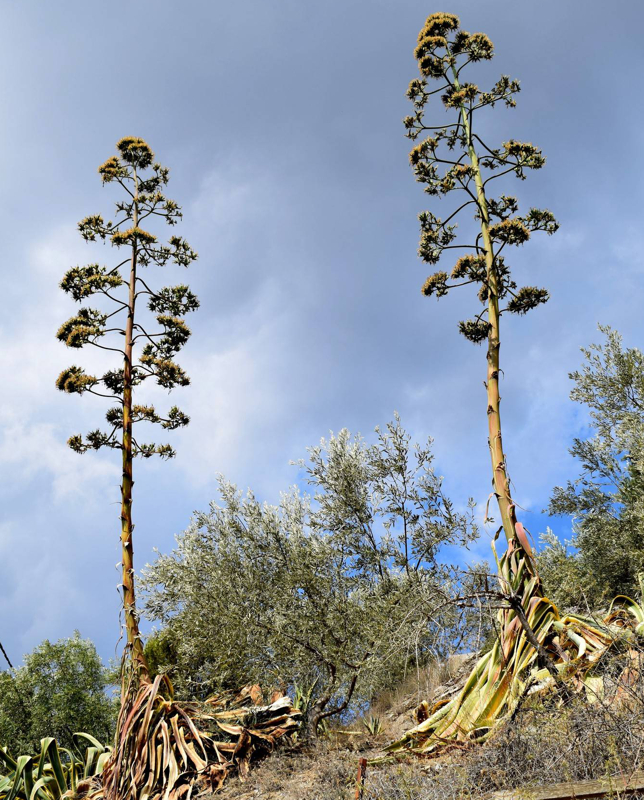
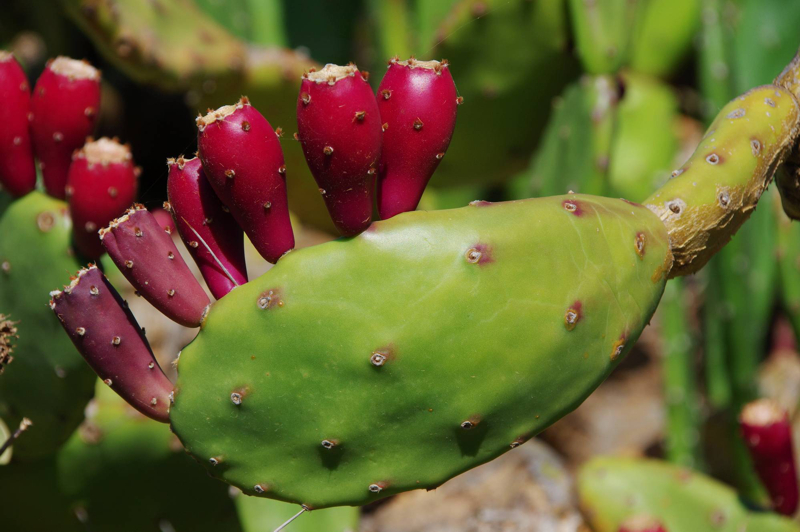
The popular fruit has exported the Barbary fig to almost all warm areas of the planet, like the ones with mediterranean type of climate. In Mt Pelion, it is abundant in rocky places and barren fields.
Text: G. Poulis
Photos: T. Adamakopoulos

topoguide Greece
GUIDES TO MT PELION
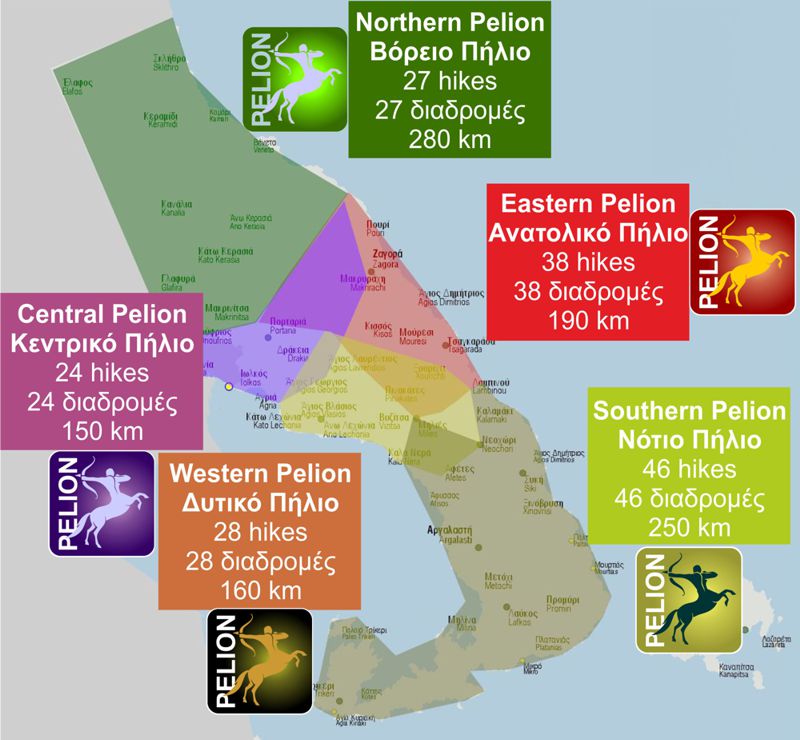
North Pelion topoguide, Central Pelion topoguide, West Pelion topoguide, East Pelion topoguide και South Pelion topoguide are the only guides for the respective areas and include detailed multi-scale maps up to 1:2,500, multi-page chapters on the geography, history and nature of the areas, hundreds active Points of Interest and dozens of hiking trails, which actively navigate the hiker in the intricate relief of this beautiful place.
The four guides for Mt Pelion are available for Android devices along with dozens of guides of other regions of Greece, within the hiking application topoguide Greece. Get the Pelion guides as an in-app purchase through the application.
The four guides for Mt Pelion are also available for iOS (iPhone και iPad) devices within the hiking application Topoguide Greece. Get the Pelion guides as an in-app purchase via the application.
The guides of Mt Pelion are members in the group of Central Greece. topoguide Greece provides active navigation along the hikes and helps the hiker to return to the route if he deviates from it.
It is very interesting that topoguide Greece has the ability to simultaneously display many areas, thus allowing the overall view of the detailed map of the whole of Mt Pelion and the easy alternation of the routes, the Points Of Interest and the dozens of pages of the guide with the countless photos.

